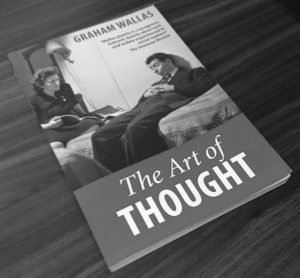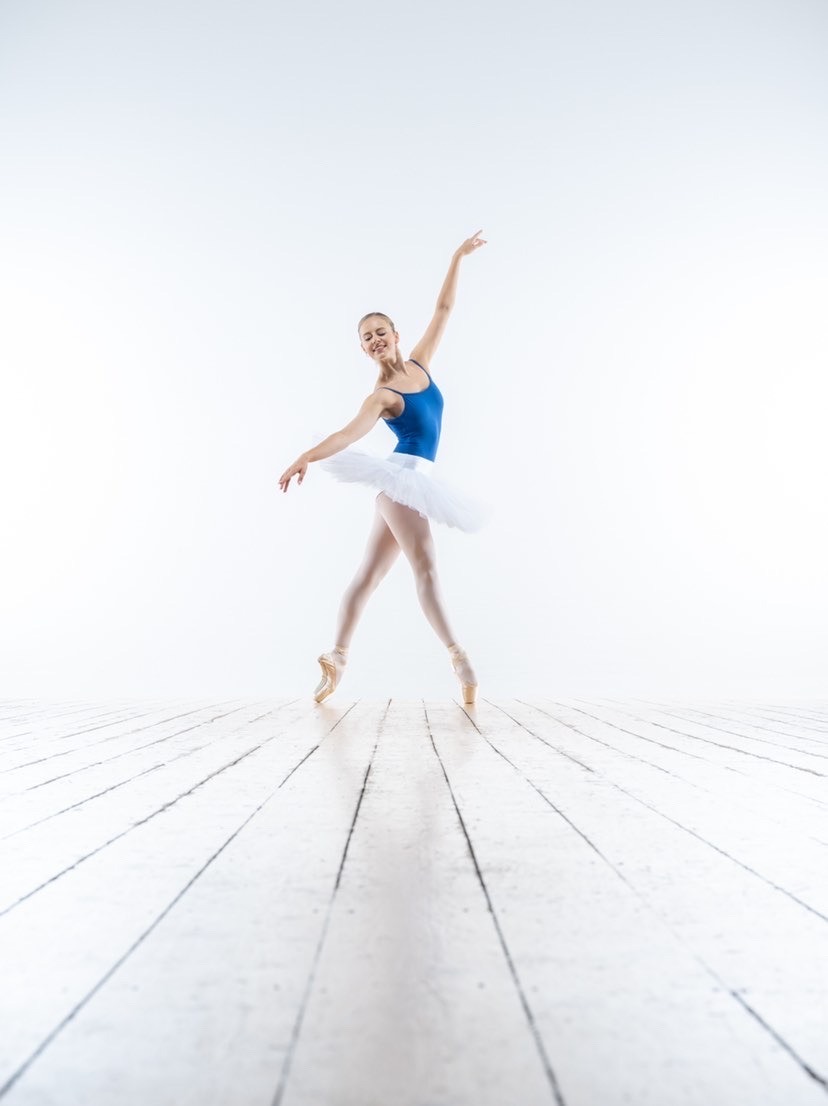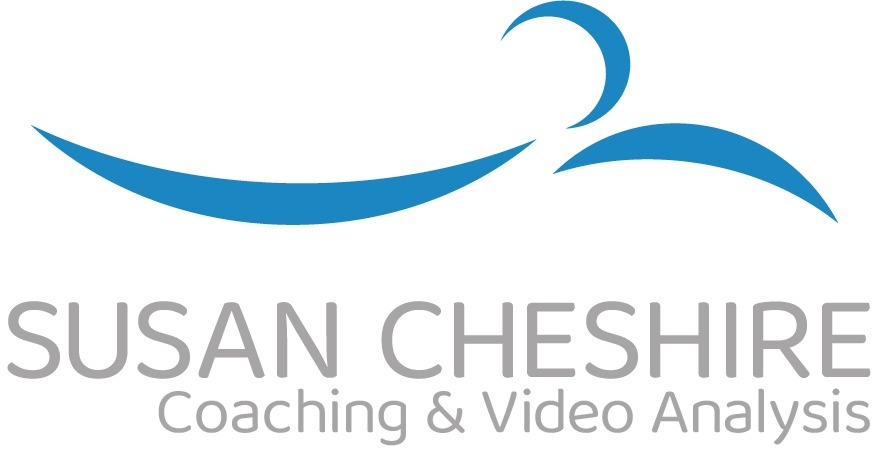Movement, Mastery and a Good Idea
‘Move more, feel better, think better.’
A mantra that came from a recent school inset. It is so true, our best ideas often come to us when we are moving, walking, exercising, even doing daily mundane tasks. We are not designed to sit for long periods. Smart watches even tell us to move!
We function better in Mind, Body and Spirit when we move. Following any time spent moving it can be easier to settle into stillness.
Creativity or ‘The Art of Thought’ was outlined in a book written by co-founder of the London School of Economics and Social Psychologist Graham Wallas in 1926.
The Four Steps Steps are summarised as:
1. Preparation – Define problems, research, collate…
2. Incubation – Step back, contemplate, give over the problem to your subconscious
3. Illumination – Insights, ideas come to being
4. Implementation – Time to prove the ideas offer a viable solution to the problem.
A reminder of the power of the unconscious brain
Individuals who spend their childhood, adolescence, or even a lifetime mastering their chosen movement skills, will demonstrate persistence, resilience, passion and purpose, and have committed hundreds if not thousands of hours to practice; hopefully having enjoyed the small wins and rewards, those positive moments that provide the drive, energy and enjoyment to continue to improve.

At Bancrofts our pupils are on their own personal journeys to Mastery, be it in the many sports they play, as Musicians, Artists or in this case a Dancer.
Two years ago, at the age of 16 Vlada joined the Sixth from, having studied at the Royal Ballet School for 7 years and one year at the Hamburg Ballet School. Vlada had spent a decade passionately practicing and mastering her chosen art form. She had also been a synchronised swimmer, taking classes from the age of 7 and was part of the England Talent Squad.
When I first met Vlada, she walked onto poolside like no pupil has ever done before. Vlada’s posture, poise and grace were not that of your ‘typical’ 16 year old.
I will let Vlada tell her own story, but for the next two years Vlada came swimming every week, her background in dance helped further reinforce and refine my own knowledge and teaching of efficient movement through the medium of water. There are many similarities and Vladas’ experience and development as a dancer reflects this;
- Any improvement in the balance and stability in your own body and posture, helps you to swim better.
- When movement is done well it looks graceful, even effortless.
- Strength and grace walk hand in hand.
- Like ballet, swimming is about lines, poise and positioning of the body and the fluid, rhythmical movement between these positions.
- When done well it is a joy, even mesmerising to watch.
- Mastery takes thousands of hours of repetitive practice.
- It is so important to enjoy the process.
- Breathe
What is your swimming background and experience?
I have been swimming since the age of 5, and at 7 years old I started synchronised swimming. I took part in many competitions, including the National Championships, and in 2013 I became part of the England Talent Squad.
What was your motivation for improving your technique?
In swimming, many movements are similar to those in dance. Thanks to my many years in ballet, the coordination and quality of the strokes came naturally to me. I aimed to swim as much as possible and improve my technique in the water as it really is a great way for us dancers to engage the muscles without any stress or impact. Improving my swimming technique helped my dancing in many ways including enhancing my endurance, toning the muscles and improving strength in the upper body and core. Also strokes like breaststroke help to improve turnout, the hips open and inner thighs contract as the legs snap in, all performed against the water’s resistance.
During my years at Bancroft’s School, I was lucky enough to be able to keep up my swimming by having lessons with Mrs Cheshire. Wednesday morning sessions at the school were extremely beneficial for me and were a great way to start the day! I liked how in each lesson we focused on one particular correction or area for improvement. This repetition of one specific correction was useful for me as I had time to think about and perfect that specific thing. It helped improve my technique, stroke speed, develop muscle memory and build confidence in my technique.
What is your proudest swimming related achievement? What is the funniest?
I would say my proudest achievement would be getting into the England Talent Squad in Synchronised Swimming.
A great moment: teaching the younger children at Bancroft’s School some synchronised swimming.
What are your future aspirations and dream goals?
I hope to continue dancing and stay in the ballet world as well as studying for a degree. My swimming will be something I will forever keep up and know I must not lose!

